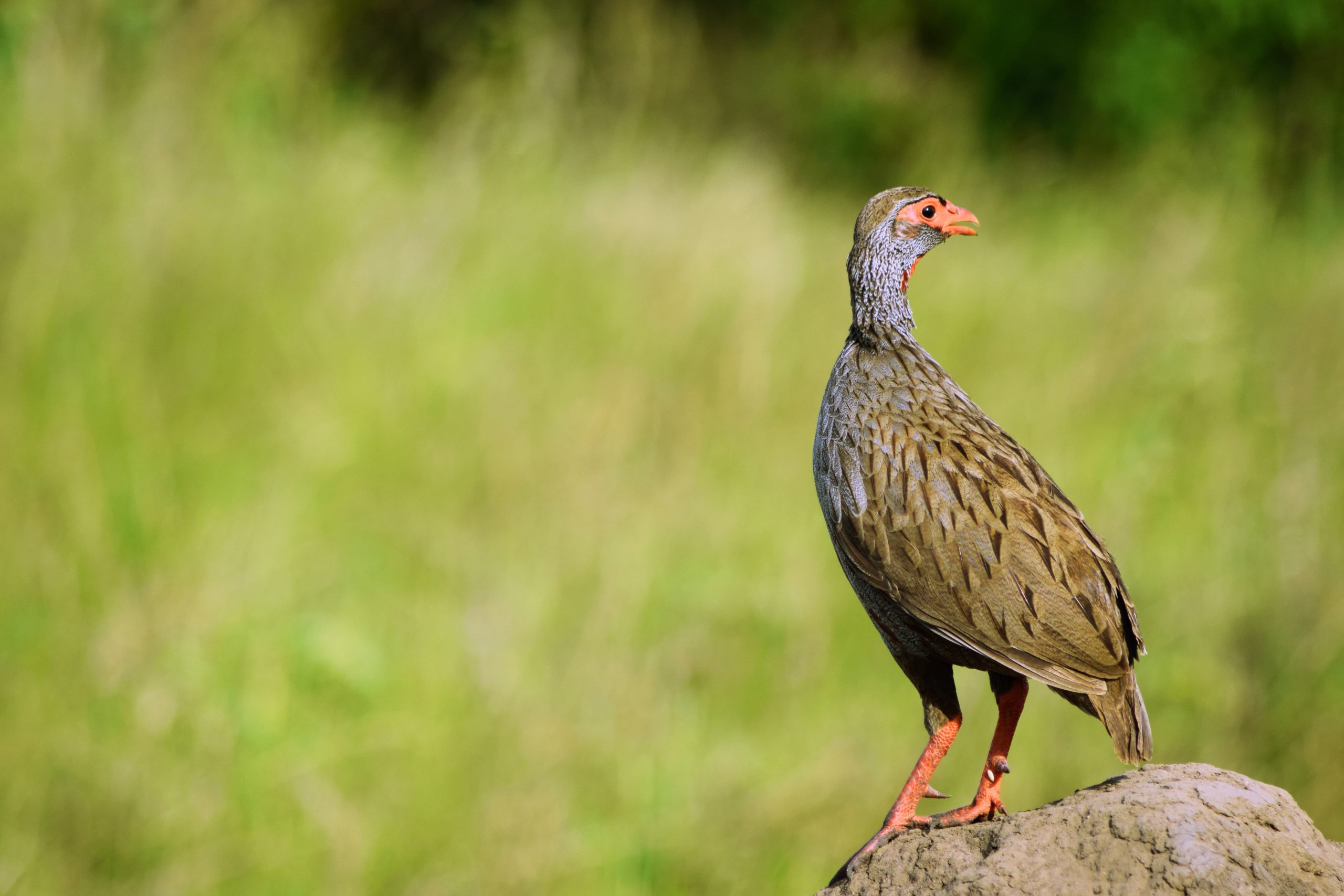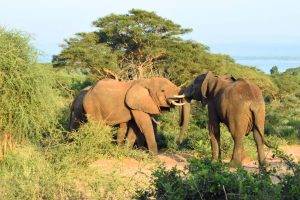Uganda, often referred to as the “Pearl of Africa”, is a land of diverse landscapes, rich cultures, and an astonishing array of wildlife. One of the most captivating and often overlooked aspects of Uganda’s natural beauty is its thriving birdlife. With over 1,000 species of birds, Uganda is a birder’s paradise, offering a mesmerizing symphony of feathers and colors. In this article, we will take you on a journey through Uganda’s birding hotspots, revealing why this country is an absolute must-visit for bird enthusiasts starting with:
Murchison Falls National Park: This vast National Park is located in the northwestern part of Uganda and is a true gem for birders. The park’s diverse ecosystems, including savannas, forests, and wetlands, make it a haven for both resident and migratory birds. Among the star attractions are the African Fish Eagle, Goliath Heron, and Shoebill Stork, which can be spotted along the banks of the Nile River. While exploring the park, you may also encounter Northern Carmine Bee-eaters, Abyssinian Ground Hornbills, and the strikingly colorful Red-throated Bee-eaters.
Bwindi Impenetrable Forest: Bwindi Impenetrable Forest, a UNESCO World Heritage Site in southwestern Uganda, is famous for its population of critically endangered mountain gorillas. But it’s also a prime location for bird watching. This lush rainforest is part of the Albertine Rift and harbors numerous endemic species like the African Green Broadbill, Ruwenzori Batis, and the beautiful Handsome Francolin. The songs of these elusive birds echo through the dense forest, adding to the enchantment of the gorilla trekking experience.
Queen Elizabeth National Park: Queen Elizabeth National Park is yet another avian treasure trove. Located in the western part of Uganda, the park boasts a variety of habitats, from open savannas to dense forests, making it a sanctuary for diverse bird species. In the Kasenyi Plains, you can spot the iconic African Grey Hornbill and the African Skimmer, while a boat cruise along the Kazinga Channel presents opportunities to observe African Fish Eagles, Pink-backed Pelicans, and various waders.
Kibale Forest: Kibale Forest is renowned for its incredible primate diversity, but it’s also a remarkable birding destination. As you explore this lush tropical rainforest in western Uganda, you might encounter the striking Great Blue Turaco, the tiny Green-breasted Pitta, and the vociferous Yellow-throated Tinkerbird. The melodic calls and vibrant plumage of these avian inhabitants complement the symphony of primates that dwell here.
Mabamba Swamp: Mabamba Swamp, located near the shores of Lake Victoria, is a vital wetland and a designated Ramsar site. Birders flock to this area in search of one of Africa’s most enigmatic and sought-after birds, the Shoebill Stork. The swampy, papyrus-lined waterways provide an ideal habitat for this giant, prehistoric-looking bird. Mabamba is also home to other wetland species such as the Allen’s Gallinule, White-winged Warbler, and Goliath Heron.
Kidepo Valley National Park: For those seeking a more off-the-beaten-path birding adventure, Kidepo Valley National Park in northeastern Uganda offers a unique experience. Its rugged, semi-arid landscapes are home to specialized bird species such as the Karamoja Apalis and the Jackson’s Hornbill. The park’s isolation and untamed beauty create an atmosphere of raw, unspoiled wilderness that beckons the intrepid birder.
Practical Tips for Birding in Uganda
Local Guides: Hiring local birding guides is highly recommended. Their expertise and knowledge of the terrain can significantly enhance your birding experience.
Binoculars and Field Guides: Good binoculars and field guides are essential for spotting and identifying birds.
Timing: The best time for birding in Uganda is during the dry season (December to February and June to September) when migratory birds are present, and visibility is better.
Conservation: Respect the environment and wildlife. Stay on designated paths and maintain a respectful distance from the birds.
In conclusion, birding in Uganda is a captivating and immersive experience that allows you to connect with the country’s rich natural heritage. Whether you’re a seasoned birder or a novice, Uganda’s diverse ecosystems, unique endemics, and breathtaking landscapes offer an opportunity to witness the awe-inspiring symphony of feathers and colors that this East African gem has to offer. So, grab your binoculars, don your safari hat, and embark on a journey to discover the avian wonders of Uganda – a destination where the sky truly comes alive with the beauty of its feathered inhabitants.




